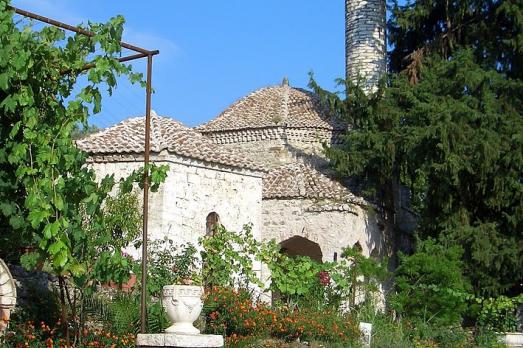
Gjin Aleksi Mosque
Rusan, AL
Built in the 15th century, the mosque is famous for its acoustic quality thanks to the casks that are diliberately calculated in the holes on the walls.
Here you can search for a building to visit. You can use the map find destinations, or you can use the filters to search for a building based upon what different criteria.

Rusan, AL
Built in the 15th century, the mosque is famous for its acoustic quality thanks to the casks that are diliberately calculated in the holes on the walls.

Nesodden, NO
The Gjøfjell church is a wooden church dating from 1900. It is the work of architect Holger Sinding-Larsen. The organ is a 6-pipe organ by Olsen & Jørgensen from 1907. It was restored in 2006-07.
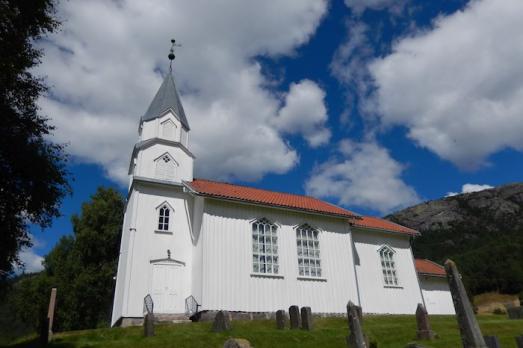
Åmli, NO
Gjøvdal Church is a long church built in 1803 by architect Gjermund Gunnarson Veum. There was originally a stave church on the site, which was built in the 12th century. It was demolished in the spring of 1803 to make way for the new church.
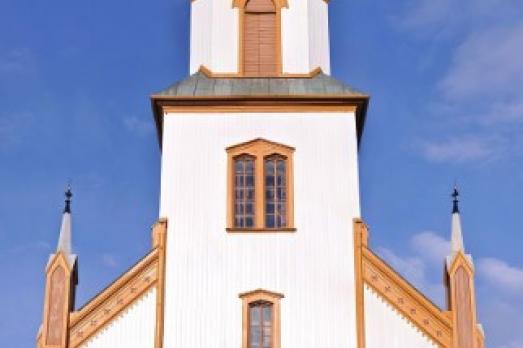
Gjøvik, NO
The Gjøvik church was designed by the architect Jacob Wilhelm Nordan and was consecrated in 1882. The church is built of wood and is clad with exterior and interior panels. The church is block-shaped with a narrower choir on three sides and a sacristy on each side. The walls also have friezes with Swiss-style decoration such as parapets and along the cornices. The interior is in neo-Gothic style with forms of Gothic recessed decoration.

Røros, NO
Glåmos church is a wooden cruciform church built in 1926. The architect of the church was Claus Hjelte (1884–1969).
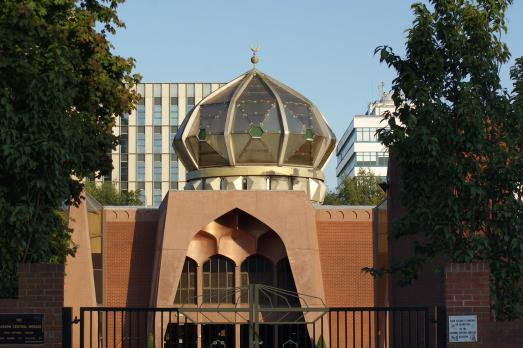
Glasgow, GB
This mosque was built in 1983 and is the largest mosque in Scotland. While the mosque has a modern facade, it has elements of arabesque architecture. The complex contains a walled garden, a minaret, and a windowed dome that allows natural light into the prayer hall.
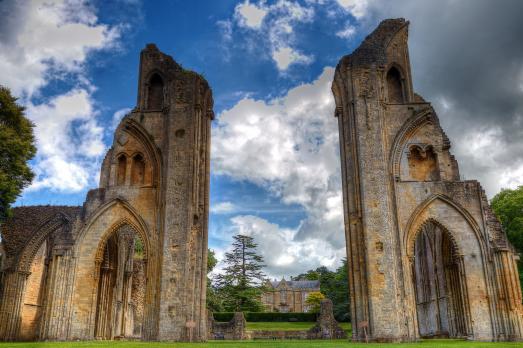
Glastonbury, GB
Glastonbury Abbey is connected with legend to a degree that is unparalleled by any other abbey in England. Since Medieval times it has held legendary status as the earliest Christian foundation in Britain linked to Joseph of Arimathea and the burial place of King Arthur. The internationally renowned site attracts visitors from around the world for its history, heritage, myths and legends as well as for its spiritual enrichment and there has been a church on the site for at least 1500 years with evidence of even earlier occupation.

Fredrikstad, NO
The Glemmen church is a brick church that was built in 1853 with a cross-shaped plan. It was burnt down in 1944 and rebuilt in 1949. Many architects have worked on the church in the course of its history: J.F.Lühr (1849) / H.Thrap-Meyer (1888) / A.Arneberg (1949).
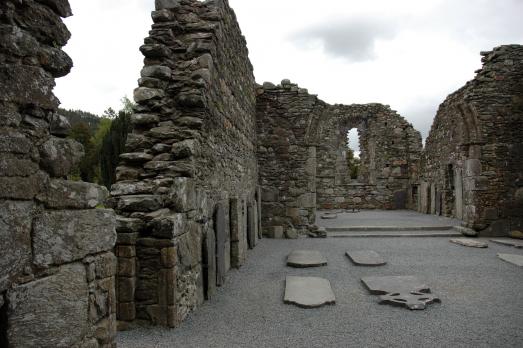
, IE
St. Peter and St. Paul's Cathedral is an old cathedral, in use until 1643. It is the largest of Glendalough's seven churches and was built in several stages from the 10th century to the early 13th century. The oldest part of the ruin is the present nave. The choir and sacristy date from the late 12th and early 13th centuries. The market cross, which is now in the visitors' centre, was reconstructed in the 19th century from fragments scattered around the site. It may have originally stood opposite the west portal of the cathedral.

Krødsherad, NO
Glesne Chapel dates from 1909. The building is made of wood and was designed by the architect Hans Horn.

new
The Chassidic Route is a cultural and historical trail tracing the rich legacy of Jewish communities in southeastern Poland and western Ukraine. This region was central to the rise of Chassidism in the 18th century. Here, we highlight 10 remarkable synagogues you’ll discover along this route.

he cradle of the Industrial Revolution in Germany, Chemnitz, is well-known for its industrial heritage landscape, but the city is also home to remarkable examples of religious architecture from different historical periods. Join us as we explore the key landmarks of this European Capital of Culture 2025.

The twin towns of Nova Gorica (Slovenia) and Gorizia (Italy), lying on the border between the two countries, have a rich religious heritage, steeped in centuries of tradition. If you are looking for ideas for your visit, take note of these 10 religious sites that you should not miss.